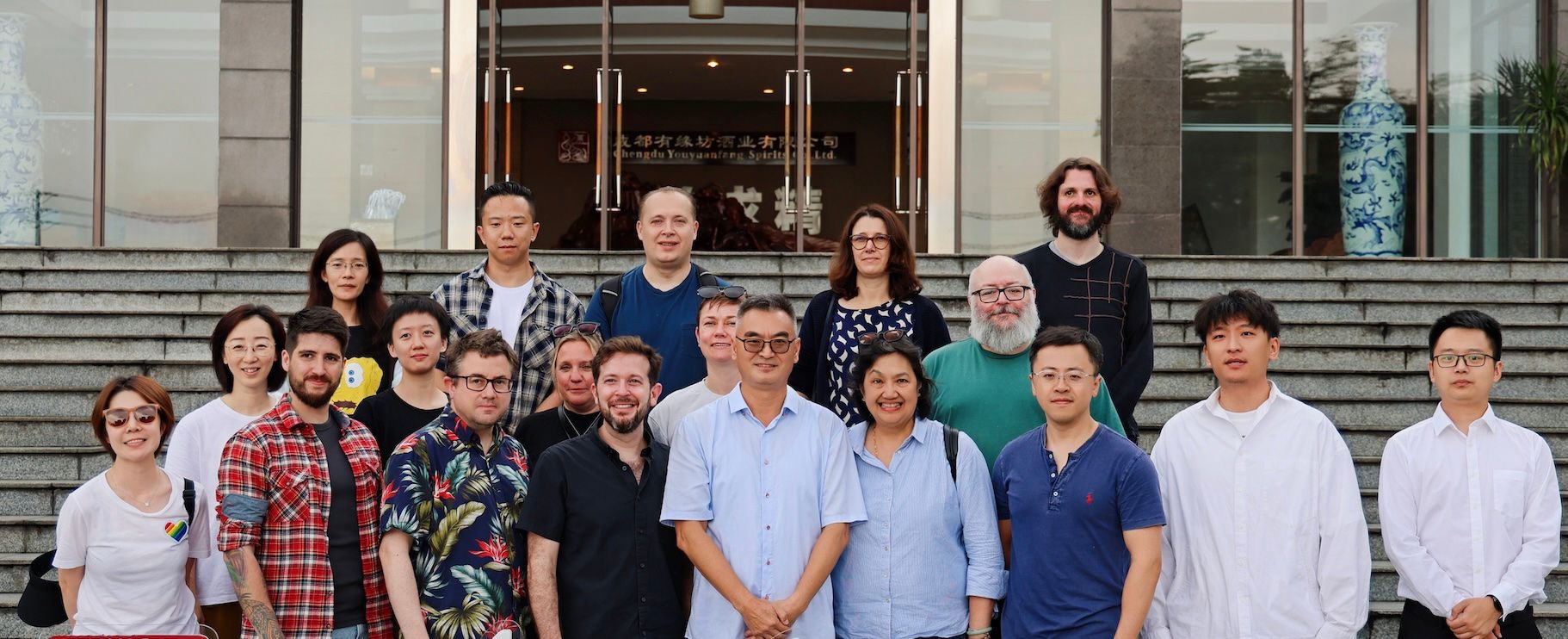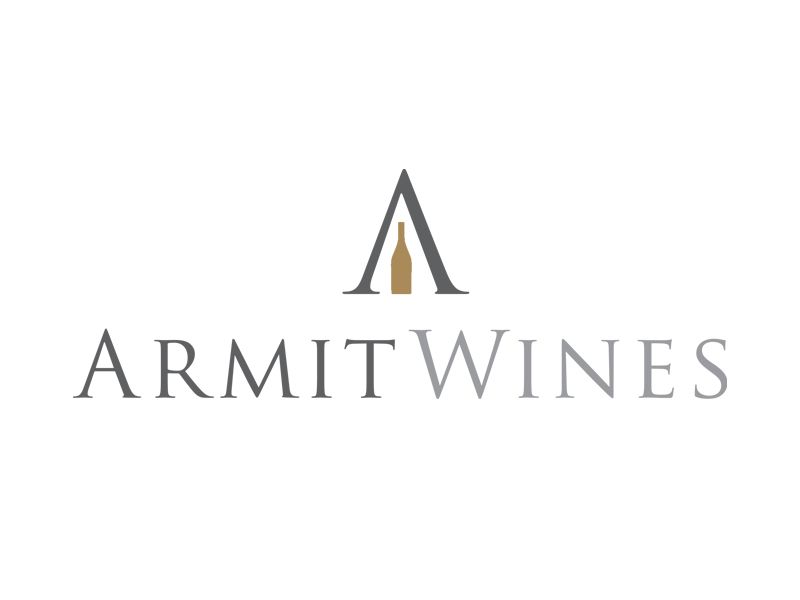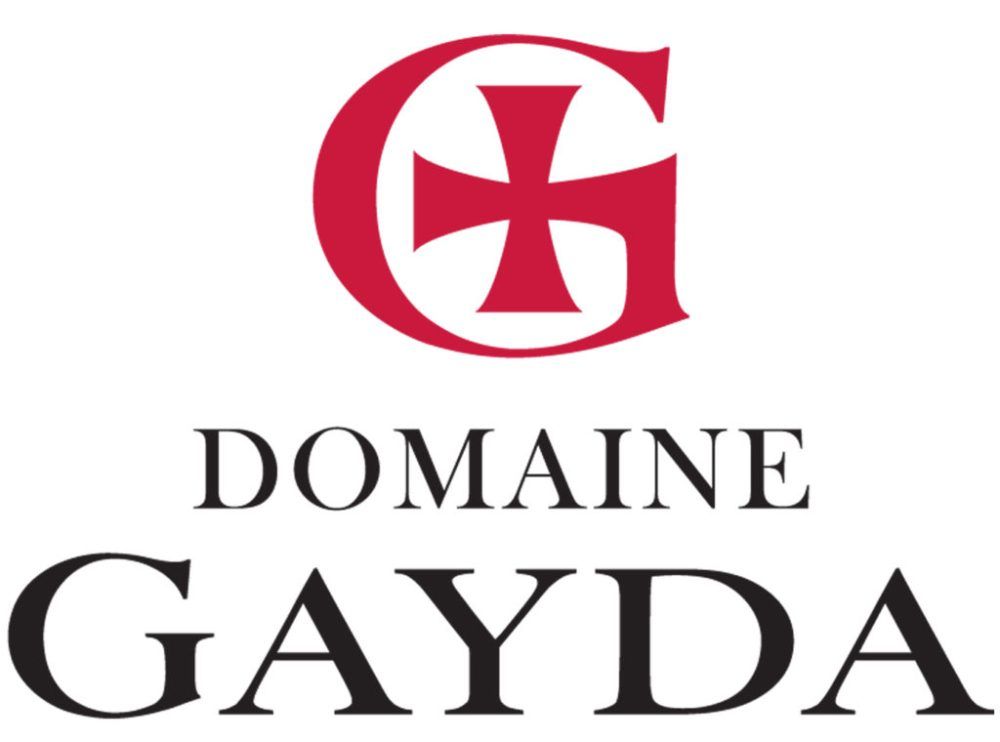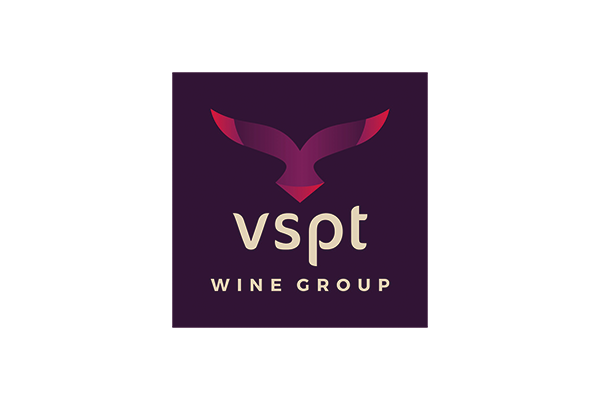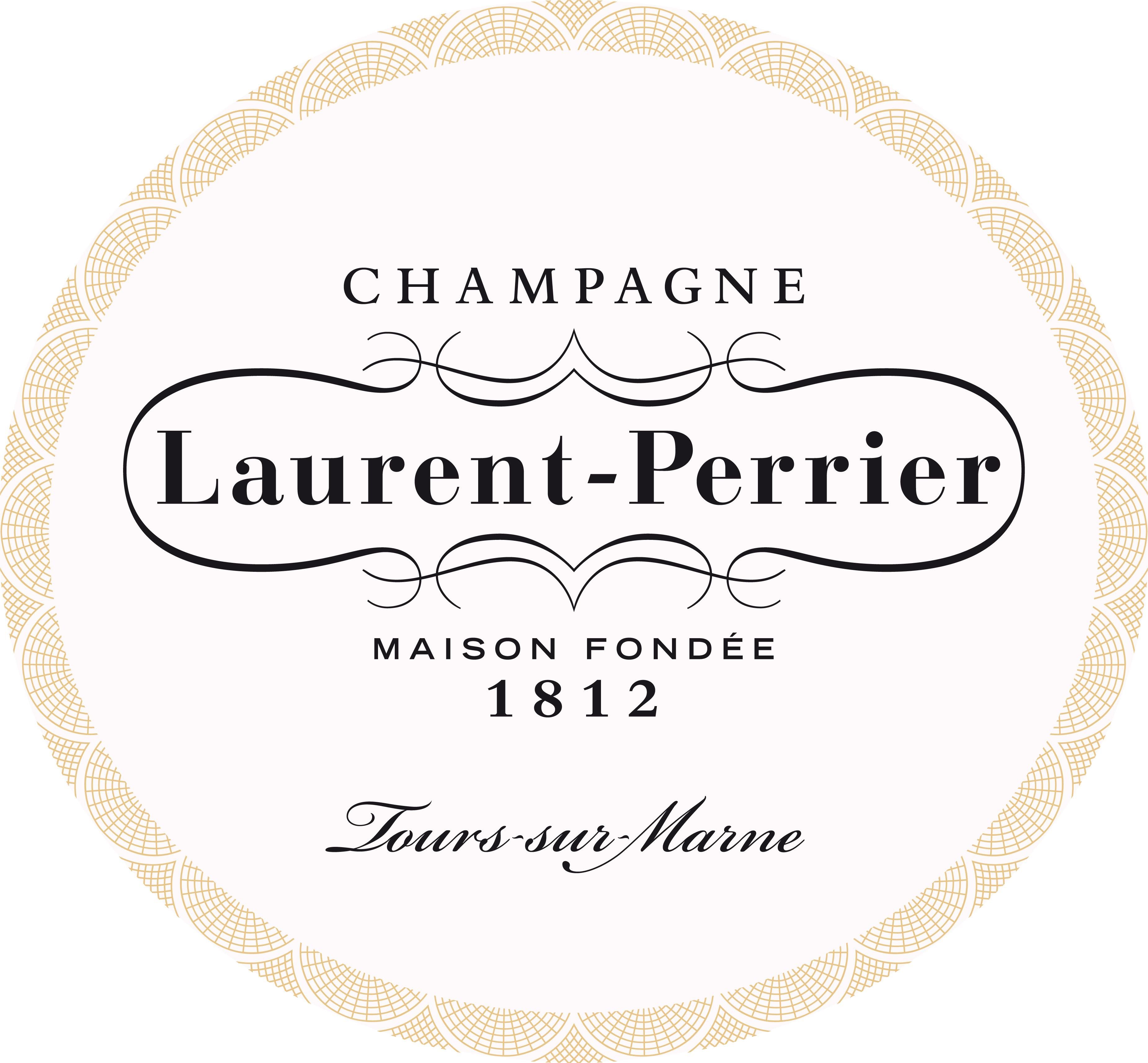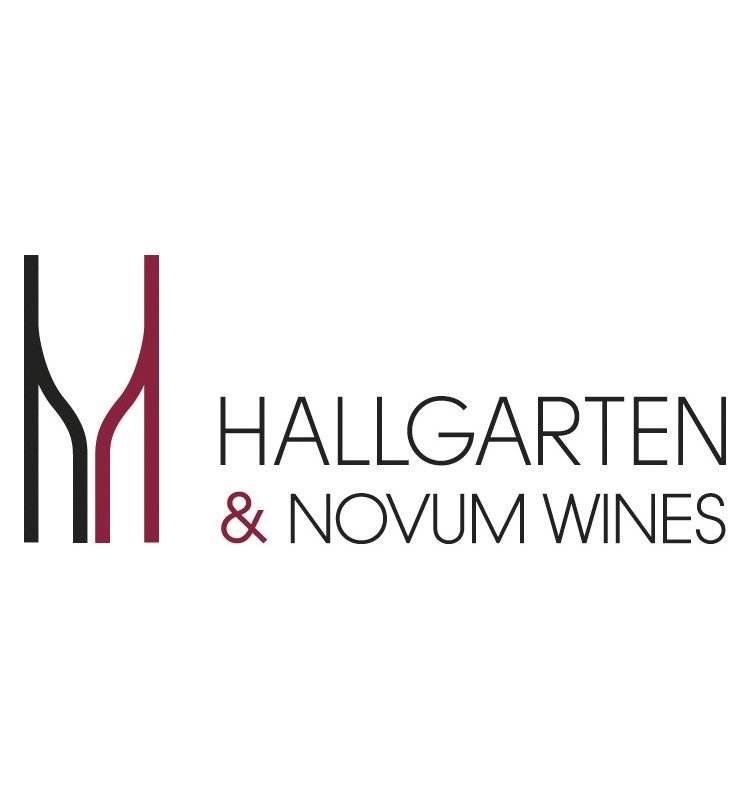Understanding Baijiu
On the face of it, China’s Baijiu industry is healthy: $112 billion sales generated an astonishing $58bn profits in 2024, providing significant local and national tax revenues. This represents a more than total recovery from the drops in sales and share prices that followed China’s 2012 anti-corruption campaign introduced at a time when one reliable source estimates that government alcohol expenses were nearly triple China’s national defence budget.
However, while larger prestigious distilleries are thriving, the last decade has seen medium-sized distilleries decline, close, or be purchased in a process of industry consolidation.
Production has declined from over 13bn litres to less than five billion, and the number of medium and large distilleries has declined from over 1,500 to fewer than 1,000.
The 2012 campaign focused on government spending, but this May new directives extended the restrictions to any events where government officials were present - even if a private business or individual pays. The severe Chinese economic slowdown, especially construction, further reduces occasions demanding business-government hospitality.
The impact is not yet clear, and depends on how strictly the new directives are enforced. We heard some distributors are already holding unsold inventory, with some producers already braced for a slowdown.
A worst case scenario for distillers is reduced local demand prompting a corrective local price drop, because these set the floor for international prices. Meanwhile, some optimists hope the economic impact and reduced tax revenue will be so evidently unsustainable, that the policies will be relaxed, or reversed, before they do much harm.
It is not easy to cut back production to match rapid changes in demand, so maybe instead we will see some of current production held back to become a ‘museum release’.
I have been fortunate to taste some bottle-matured baijiu and have been impressed with how much it mellows and develops complexity post-bottling.
IWSC judges Billy Abbott and Guy Hodcroft discuss Chinese whiskies
Baijiu judging
Our thanks go to the panel of judges who were more than put through their paces thanks to the diverstiy of products that were entered. They included: my fellow co-chair of judging Yuchen Zhong; included international judges Ben Salguero, Billy Abbott, Derek Sandhaus, Guy Hodcroft, Marie Cheong Thong, Levs Surovecs, and Rose Brookman, together with domestic experts Bin Guo, Dong Lin, Hao Wu, Hao Yuan, and Zhiyong Yan.
The largest number of entries (85) were of strong-aroma Baijiu, which uses an eternally replenished mud-pit solid-state grain fermentation. Some distilleries have ferments that have been operating for centuries.
The complex microbial action and unique fermentation conditions create extremely high levels of fermentation esters, giving these psychedelically intense melon, pineapple and aniseed aromas.
Sichuan is most famous for this style, and is the home to many of its most noted distilleries, including Luzhou Laojiao and Wuliangye.
There were also many entries (79) of the sauce aroma style, which uses solid-state pit fermentation in a multi-step linear process, using higher temperatures to develop savoury bread and roast meat aromas. This is also made by many distilleries in Sichuan, but Quizhou Province to the south is the historic centre of production, and home of the famous Kweichow Moutai brand.
There were also 20 entries in the light-aroma style (solid-state fermented in buried pots), some mixed-aroma (mixing techniques and style of strong and sauce) and I was especially happy to see entries in the more delicate rice aroma style, and a very rich, powerful medicine-aroma.
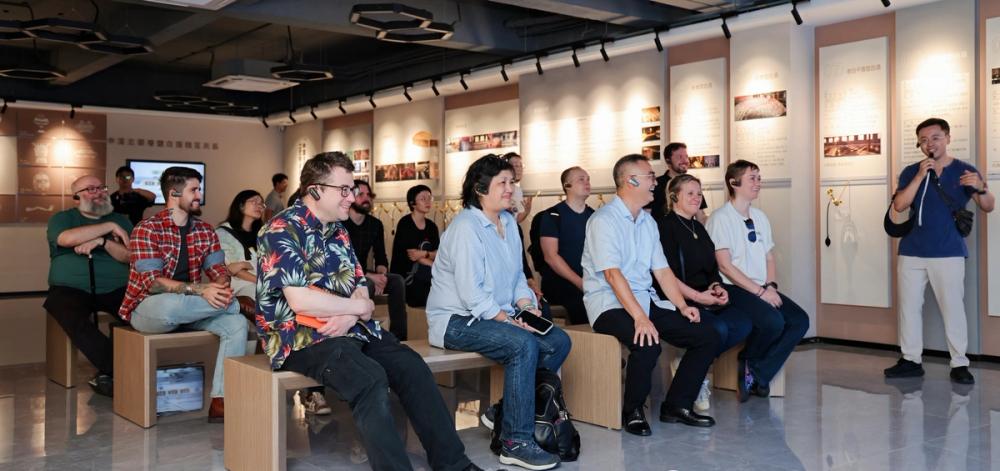
The IWSC judging panel in China with Baijiu expert Yuchen Zhong
There was a wide spectrum of quality among the entries, and this made the presence of local experts especially valuable in the discussions. The very best were among the finest spirits I have ever tasted. There were near-perfect expressions of both sauce and strong aroma, receiving well-deserved Gold Outstanding medals, and also Gold Outstandings for a delightfully fragrant rice aroma, a very precisely-expressed light aroma and the profoundly complex and deep medicine aroma.
However, compared to the mix of products entered in London, there were also a lot more mediocre products, many of which fell short of the standard needed for a medal.
Huangjiu
Huangjiu is a traditional Chinese rice-fermented beverage that, like Baijiu, uses qu (the mix of grains and various microbial cultures) for a parallel starch-conversion and fermention. The rich flavours of qu, together with maturation, gives Huangjiu a complexity that sherry fans will surely appreciate. All styles of Huangjiu from dry and light to intensely rich and sweet were present in the competition, with a consistently high level of quality (nothing lower than a good bronze medal, and a couple of delicious Golds) .
Whisky, brandy and other spirits
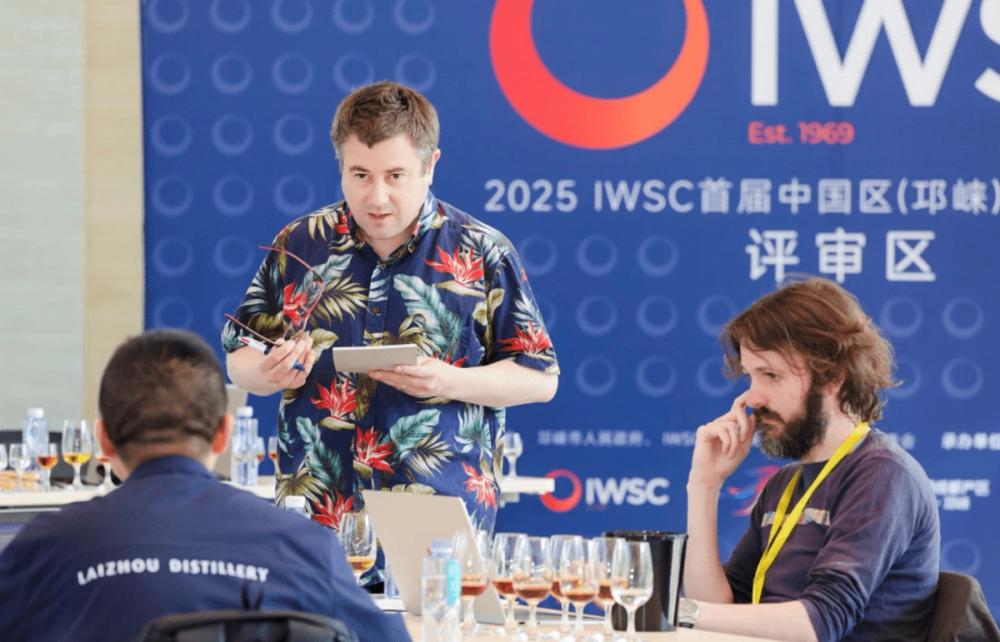
Anthony Moss MW, standing, with Guy Hodcroft buyer for Bordeaux Index Fine Wines & Spirits
I was surprised to see so many Chinese whiskies (over 40) entered into the competition. They generally followed a Scottish model with grain, blended and single malt styles (including some using peated malt).
Outside of the competition we had a chance to try an example that was matured in Huangjiu-seasoned casks. In the context of whisky, this provides a similar complex dried-fruit sweetness to that usually provided by sherry casks, but without any of the slightly stinky sulfide aromas that I find sometimes accompany the use of wine casks.
Sulfides are not used as preservatives for Huangjiu (unlike wine). As well as providing a delicious local accent, Huangjiu-seasoned casks should be easier to source than the precious sherry casks used for Scotch. This is an international competition, so we grade by international standards.
When a Chinese whisky gains a Gold Outstanding medal, as some did, they stand alongside the best that any whisky producers are making.
There were also some very impressive fruit spirits, a precision-crafted vodka in a pure-aroma, clean-texture style, and a very enjoyable citrus-led gin that used Sichuan peppercorns.
Billy Abbott of The Whisky Exchange, says: “In the UK especially, people are very interested in whiskies from around the world. At The Whisky Exchange, we have seen strong enthusiasm for Asian whiskies. I believe there is a great deal of potential for Chinese whisky to gain international recognition, if the people of China will let us have any.”
In summary
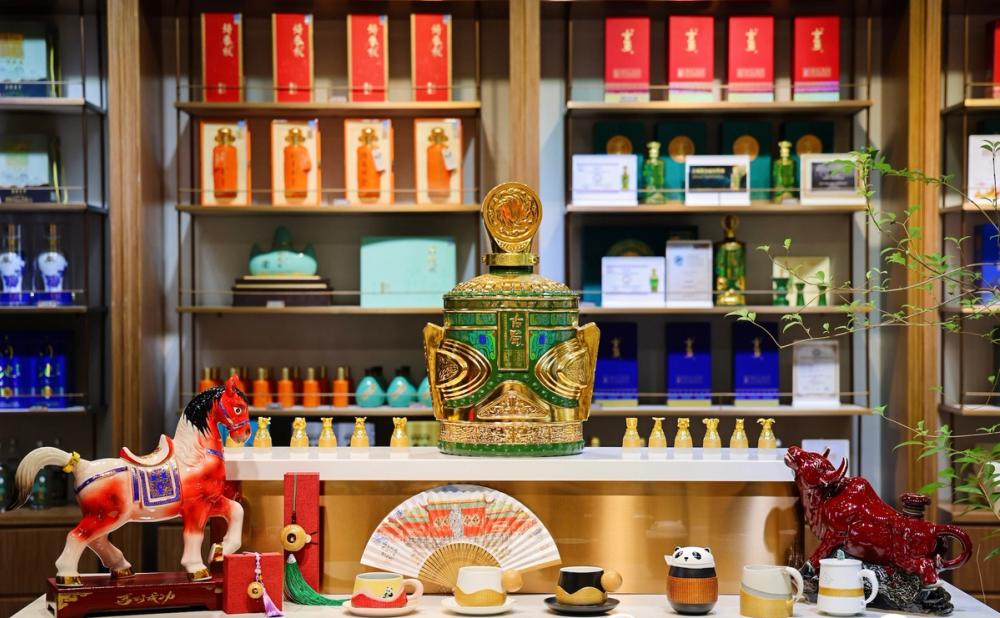
IWSC's first in country judging for Chinese spirits revealed the depth and diversity of its spirits industry
Across the Chinese spirits judging a total of 272 medals were awarded. Of these, 2% achieved the IWSC’s top accolade of Gold Outstanding (98–100 points), while a further 6% were awarded Gold (95–97 points).
Six entries received Gold Outstanding medals in 2025 of which five were awarded to different Baijiu producers, each representing a distinct aroma style: medicine, strong, light, rice, and sauce.
The sixth Gold Outstanding award went to Laizhou Bourbon Cask (Peated Version) Single Malt Whisky.
Overall, a very good week of judging. Baijiu definitely deserves its place in international markets, and Chinese whisky has the potential to be extremely competitive on price, quality and quantity.
- The full results of the 2025 China judging for spirits, supported by Qionglai Spirits Bureau & Beijing International Wine & Spirit Exchange, can be seen here: The results are out: IWSC 2025 Spirits Judging in China | IWSC.
- You can read more about IWSC’s Global Judging campaign here: Global Judging | IWSC International Wine & Spirit Competition.
